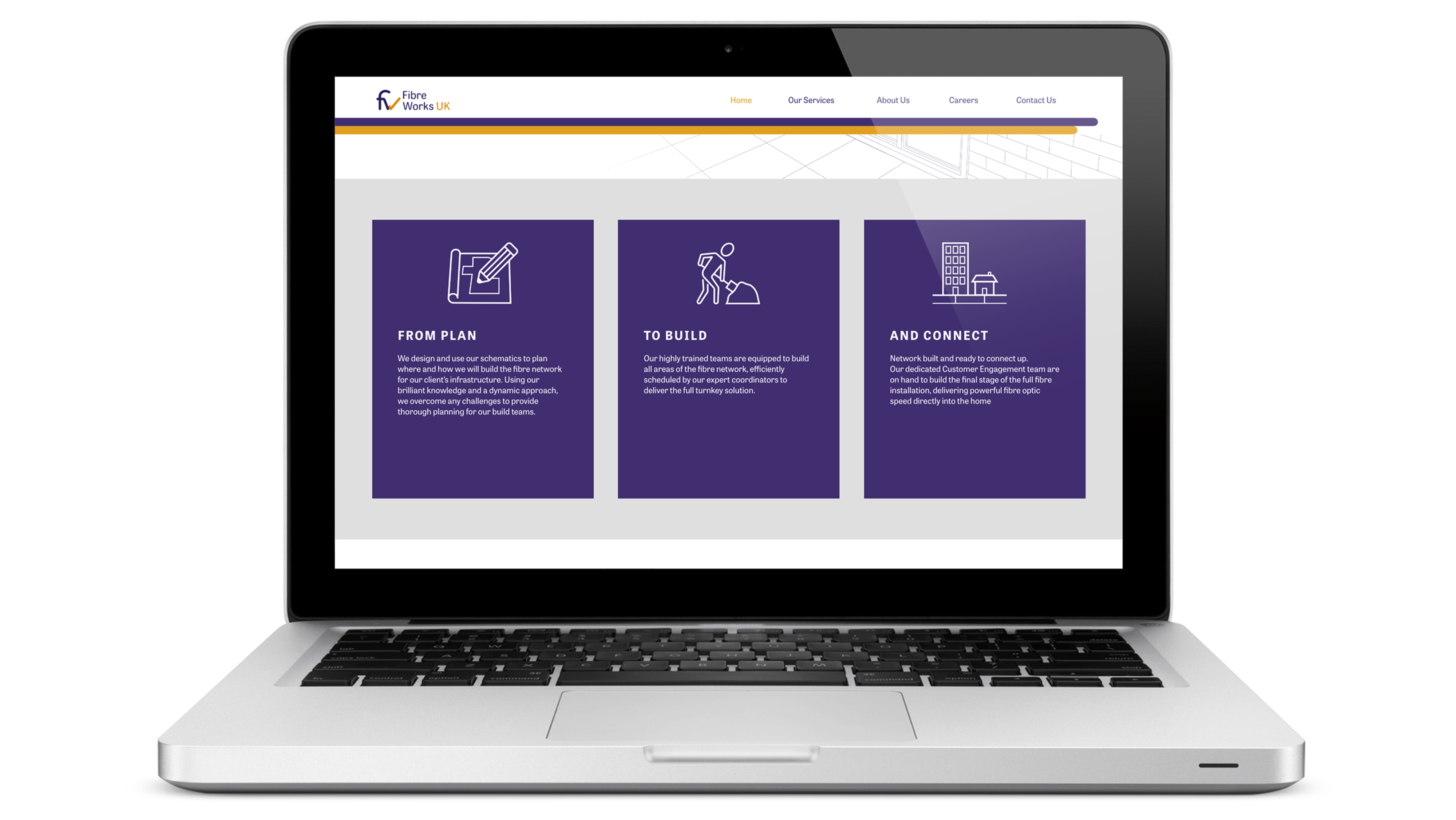Project Type
Work
Role
UX/UI Designer
Aim
Collect the asset schedule jobs into a more manageable mobile app completion process.
Impact
3000+ Assets checked a month across 100+ different locations.
Process
During one of our fortnightly catch-up sessions with one of our customers, we received some feedback about the schedule completion process from some of their operatives. This started the process of redesigning how Asset inspections were completed within our Android and iOS apps.
My first thing was to review the feedback received from their operatives and expand upon it further. As it was difficult to gain direct access to the certain users who gave this feedback, I compiled a set of questions to be passed on to them for them to fill in and come back to me with. I was able to have a more in-depth conversation with their managers which I was able to consider, as these changes would potentially affect their work as well.
User Research Questions Ideas
Upon receiving the answers to my questions, I analysed the key themes and updated the relevant user personas to help guide the updates I would need to make for this journey. It became clear that I was going to have to balance the underlying principles of the system with ease of use for the operatives and with ensuring that every Asset was checked with subsequent proof.
Updated and focused User Persona
After reviewing the different journey options and considering the different scenarios for viewing the Multi-Asset job, I decided on two new Asset screens to allow for viewing and selecting the Assets to inspect.
Following this, I started sketching different screen layouts for the different Asset screens that were going to be included in the new Multi-Asset Job profile.
Wireframe Set A
Wireframe Set B
After creating the wireframes into a low-fidelity prototype, there was a divide in feedback about which Assets screen design to go with. I decided it would be best to continue both ideas into a high-fidelity design for another A/B testing round to conclude which design flow should go first.
Iterations of screen design following feedback
Following the A/B testing and design review sessions the screen layout and design evolved and the use of colour became a big factor in the final design. The filtering colours were a fine balance as they needed to be representative but unique, while looking natural in comparison to the branding.
After the final prototype was completed, a final feedback session was completed where the customer approved of this solution. This was then broken down into different sections for the two different sides of the development team, Server and Mobile, and scheduled into sprints.
After completing each item initial testing was conducted and after each milestone, UAT testing was completed. This was then rolled out to a sample of users for testing and feedback upon approval, the solution was deployed to production.
Final screen designs
Result
The Asset inspection process is now a streamlined digital process that better reflects previous paper-based processes where all assets that needed to be checked were present in the same place. This made for a more natural digital transition when rolling out to the other parts of the customer's business. From follow-up feedback, this has increased operatives' satisfaction and created more a comprehensive management view of completed checks improving their initial reaction times to reported issues.
Thoughts
This was quite challenging as it focused on a changing a complex feature which had taken many months of brainstorming and building to get to the previous implementation. To then try to find a new avenue to support our users further, without compromising the underlying principles, was a tough problem to solve. I therefore tried to come at it with a fresh perspective - as if it was the first time I had looked into this feature. This allowed me to reimagine what it could look like to find the evolution that we needed. Focusing on the user feedback and the core issue of the volume of records, and then separating this from the rest of the software helped me to explore alternative paths for completing the required inspections. I was then able to reintroduce this part of the software and further refine into the best solution. This led to a change in the architecture of this part of the software which I then needed to track and update. Ultimately this led to a more manageable process for both the main user group that raised the problem and helped associated user groups as well.






